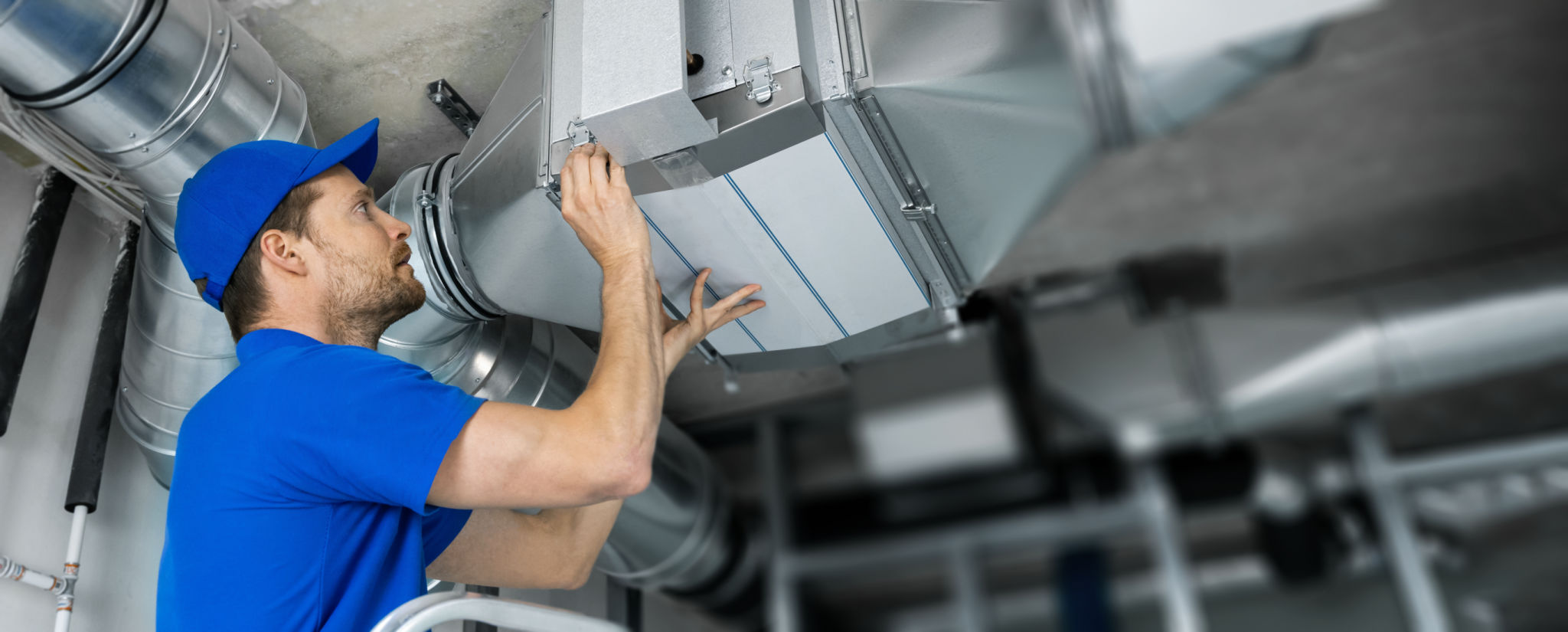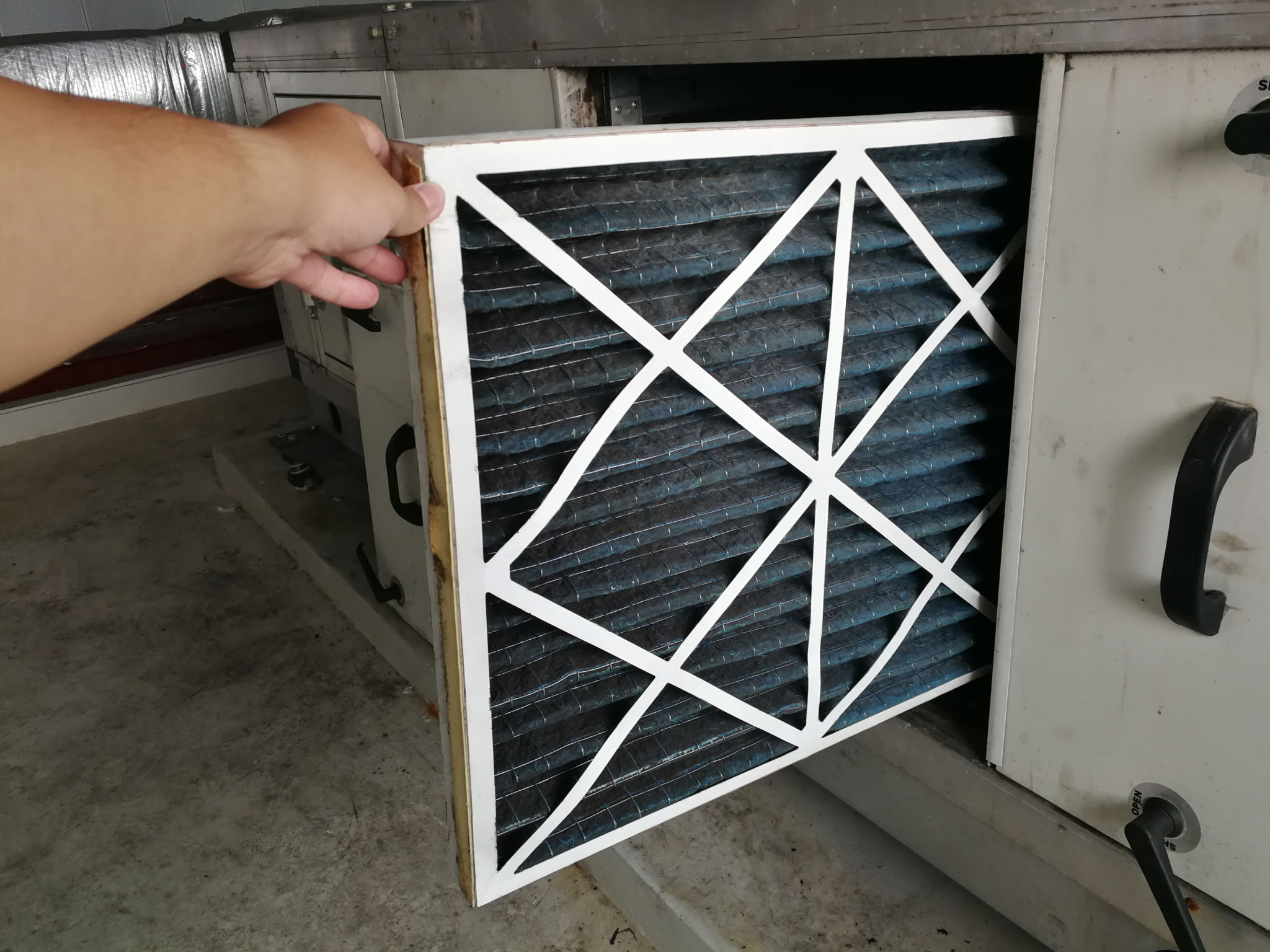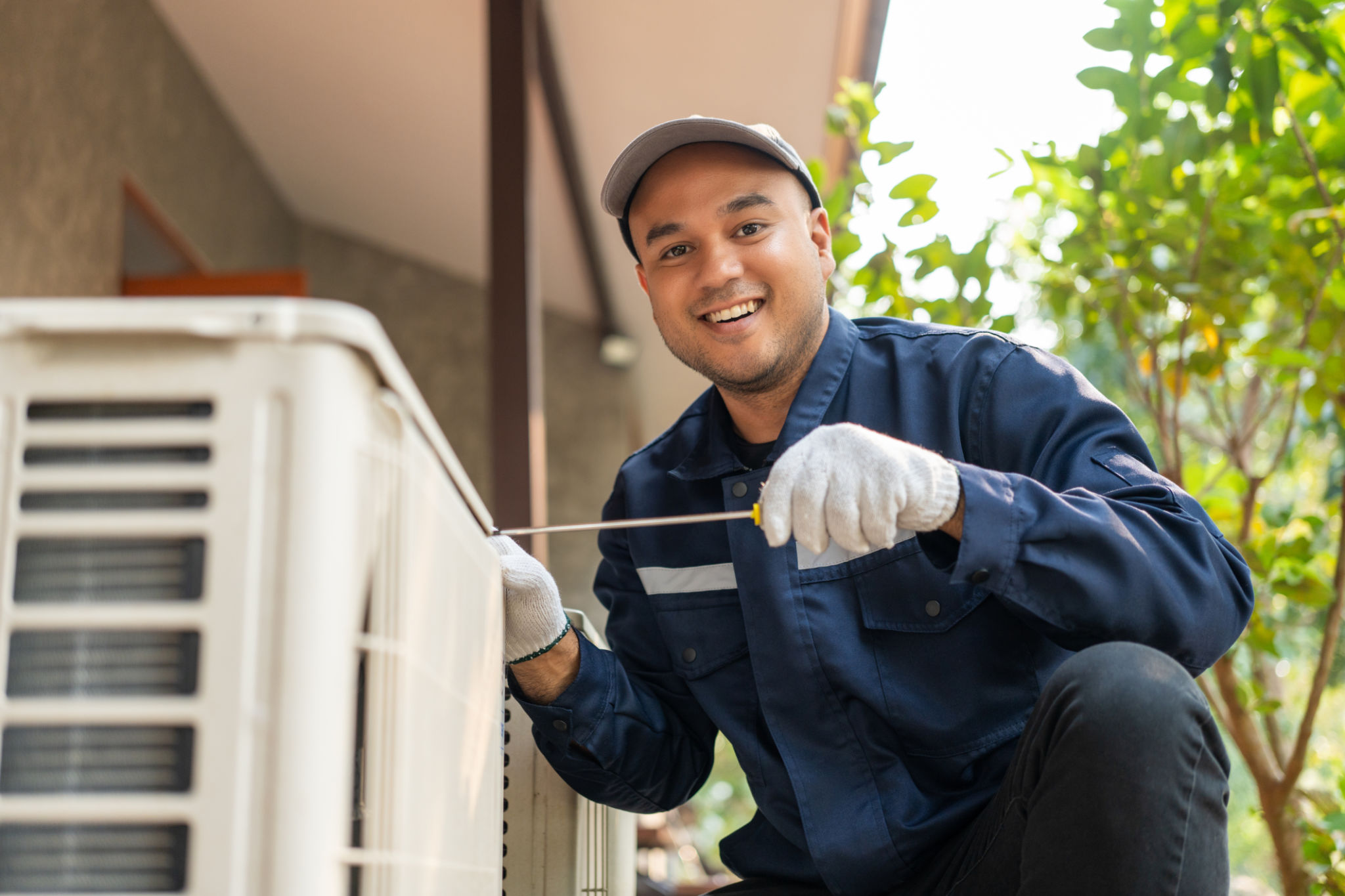DIY Air Conditioning Maintenance Tips for Austin Homeowners
Understanding Your Air Conditioning System
As an Austin homeowner, it's crucial to understand the basics of your air conditioning system. Knowing how it works can help you identify issues early and maintain its efficiency. The main components include the evaporator coil, condenser, and refrigerant lines. Regular maintenance of these parts will ensure your AC performs optimally during Austin's hot summers.
The evaporator coil is located inside your home and absorbs heat and humidity, while the condenser, situated outside, releases this heat. The refrigerant lines carry heat between the indoor and outdoor units. Keeping these components in good condition is essential for effective cooling.

Regular Filter Replacement
One of the simplest yet most effective DIY maintenance tasks is replacing your AC's air filter. Depending on usage and air quality, you may need to replace it every 1-3 months. A clean filter improves airflow and boosts efficiency, potentially lowering your energy bills.
To replace the filter, ensure the system is off, locate the filter compartment, remove the old filter, and insert a new one. Ensure the new filter matches the specifications in your manual. This simple step can significantly prolong your system's life.

Cleaning the Condenser Coils
Over time, dust and debris can accumulate on the condenser coils outside your home. This buildup can reduce efficiency by obstructing heat transfer. To clean them, first, turn off power to the unit. Then use a garden hose to gently wash away dirt from the coils.
Be cautious not to bend or damage the delicate fins. If your unit is very dirty or has bent fins, consider calling a professional for a thorough inspection and cleaning. Regular coil maintenance ensures your AC runs smoothly, especially during peak summer months.

Inspecting and Clearing Drain Lines
The condensate drain line removes moisture collected by your AC unit. Over time, this line can become clogged with algae or debris, leading to water damage or system shutdowns. Regularly inspect and clear this line to prevent such issues.
To clean the drain line, use a wet/dry vacuum to remove clogs or flush it with a mix of vinegar and water to prevent algae buildup. Keeping this line clear is crucial for maintaining your system's functionality and preventing potential water-related damage.

Checking Thermostat Settings
Your thermostat plays a vital role in regulating your home's temperature. Ensure it's set correctly and functioning well. If you have an older model, consider upgrading to a programmable or smart thermostat for improved efficiency and convenience.
A smart thermostat helps you set schedules and control temperatures remotely, which can lead to energy savings. Regularly check battery levels and settings to avoid unexpected malfunctions that could compromise your home's comfort.

Ensuring Proper Insulation
Proper insulation helps maintain your home's temperature, reducing the workload on your AC system. Inspect areas like windows, doors, and attics for any air leaks or insufficient insulation.
Seal any gaps with weather stripping or caulk to prevent cool air from escaping. This not only enhances your AC's efficiency but also contributes to overall energy savings. A well-insulated home is more comfortable and less costly to cool.

When to Call a Professional
While DIY maintenance tasks are beneficial, some issues require a professional's expertise. If you notice unusual noises, reduced cooling efficiency, or frequent system cycling, it's time to consult an HVAC technician.
Regular professional inspections can catch potential problems early, ensuring your system remains reliable. Investing in professional maintenance complements your DIY efforts, offering peace of mind during Austin's hot summer months.
